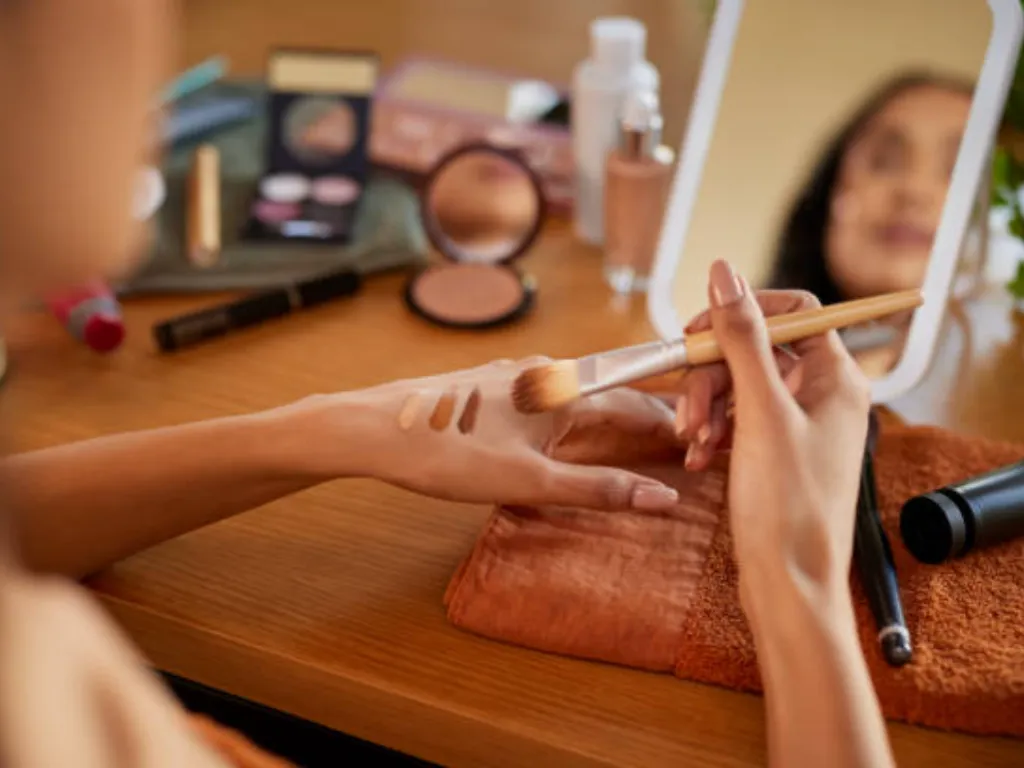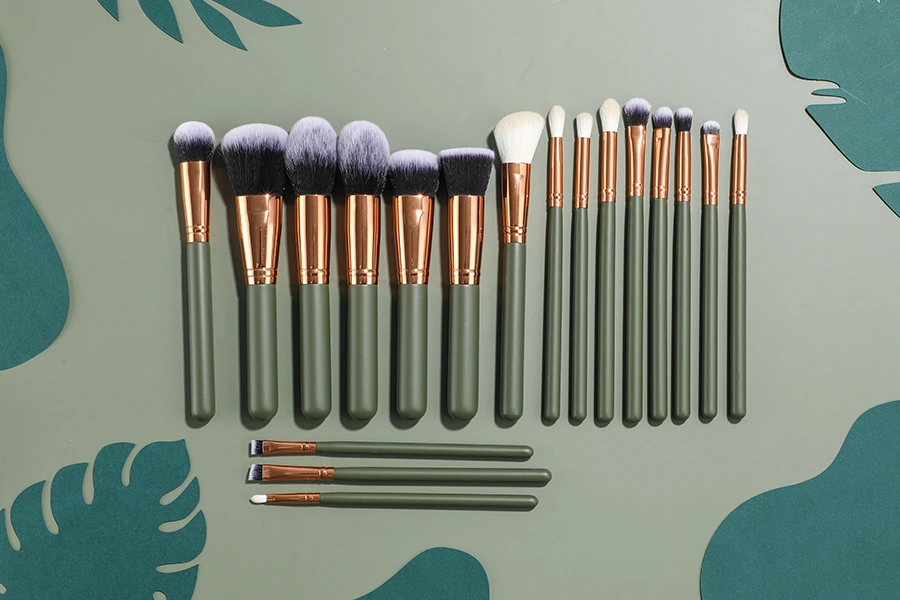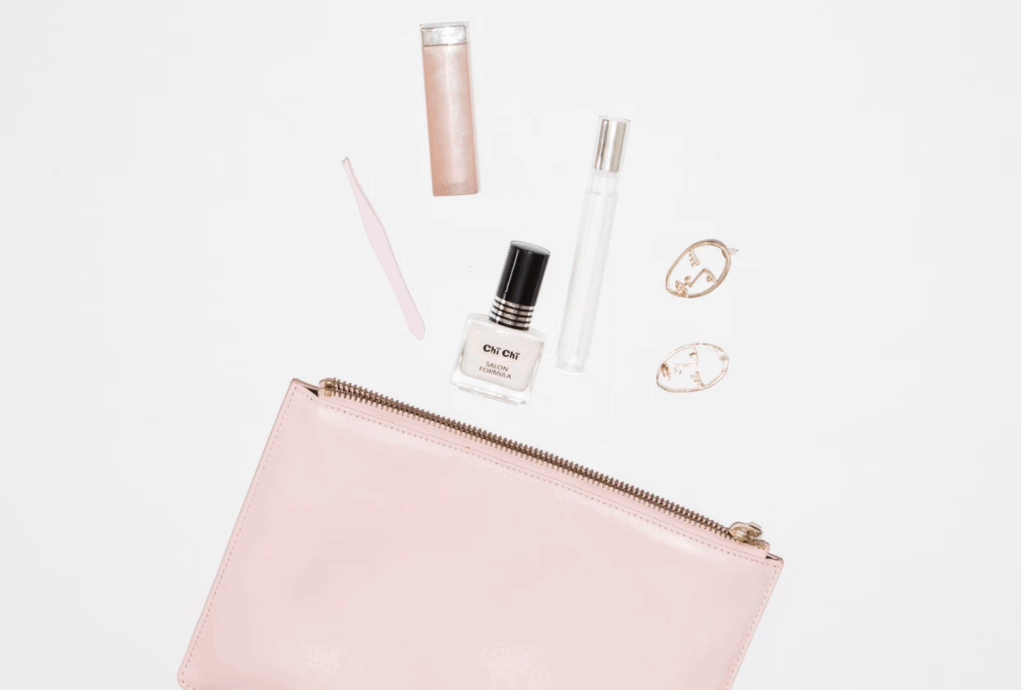As the beauty industry continues to evolve, 2025 marks a significant year for makeup brush manufacturing. Driven by technological advancements, sustainability concerns, and changing consumer preferences, the landscape is undergoing transformative changes.
This comprehensive analysis delves into the current state of global makeup brush manufacturing, highlighting key trends and innovations shaping the industry.
Der 2025 Global Makeup Brush Manufacturing Landscape

Diversified Manufacturing Hubs
In 2025, makeup brush manufacturing will no longer be confined to traditional centers. While countries like China and South Korea remain pivotal due to their established infrastructure and expertise, emerging markets are making their mark.
- China
Continues to lead with advanced manufacturing facilities, especially in regions like Shenzhen and Cangzhou, known for their specialization in brush production.
- South Korea
It is renowned for innovation, integrating cutting-edge technology into manufacturing processes, and emphasizing quality and design.
- India and Vietnam
Gaining traction as cost-effective alternatives, offering skilled labor, and increasing investment in manufacturing capabilities.
- Europe and the USA
Focusing on artisanal and luxury brush production, emphasizing sustainability and ethical practices.
Technological Integration
As the beauty industry evolves, so does the technology behind the tools that drive it. In 2025, makeup brush manufacturing is undergoing a significant transformation powered by advanced technology.
From design to production, tech integration is enabling manufacturers to meet rising consumer expectations for quality, personalization, and sustainability.
- Automation
Automation is central to modern makeup brush production, enhancing precision and efficiency. Robotic systems ensure accurate bristle placement and handle assembly, delivering consistent quality at scale. By reducing manual labor and minimizing production time, automation allows for quick fulfillment of large orders without sacrificing quality.
- 3D Printing
3D printing is revolutionizing makeup brush manufacturing by enabling rapid prototyping, allowing brands to test new designs in hours rather than weeks.
It supports mass Anpassung, offering tailored brushes for individual needs or limited editions. The technology also facilitates functional innovation, enabling complex shapes like twisted handles or precision grips that traditional molds cannot achieve.
Zusätzlich, 3D printing encourages sustainable design by allowing experimentation with biodegradable or recyclable materials, aligning with the growing eco-conscious trend in beauty.
- AI-Driven Systems
AI-driven systems are revolutionizing makeup brush manufacturing by enhancing both production efficiency and quality control. AI algorithms optimize production schedules, adjust workflows, and balance supply and demand in real time.
Automated quality inspection using computer vision ensures that every brush meets strict quality standards by detecting defects instantly.
Material Innovations: Embracing Eco-Friendly Fibers
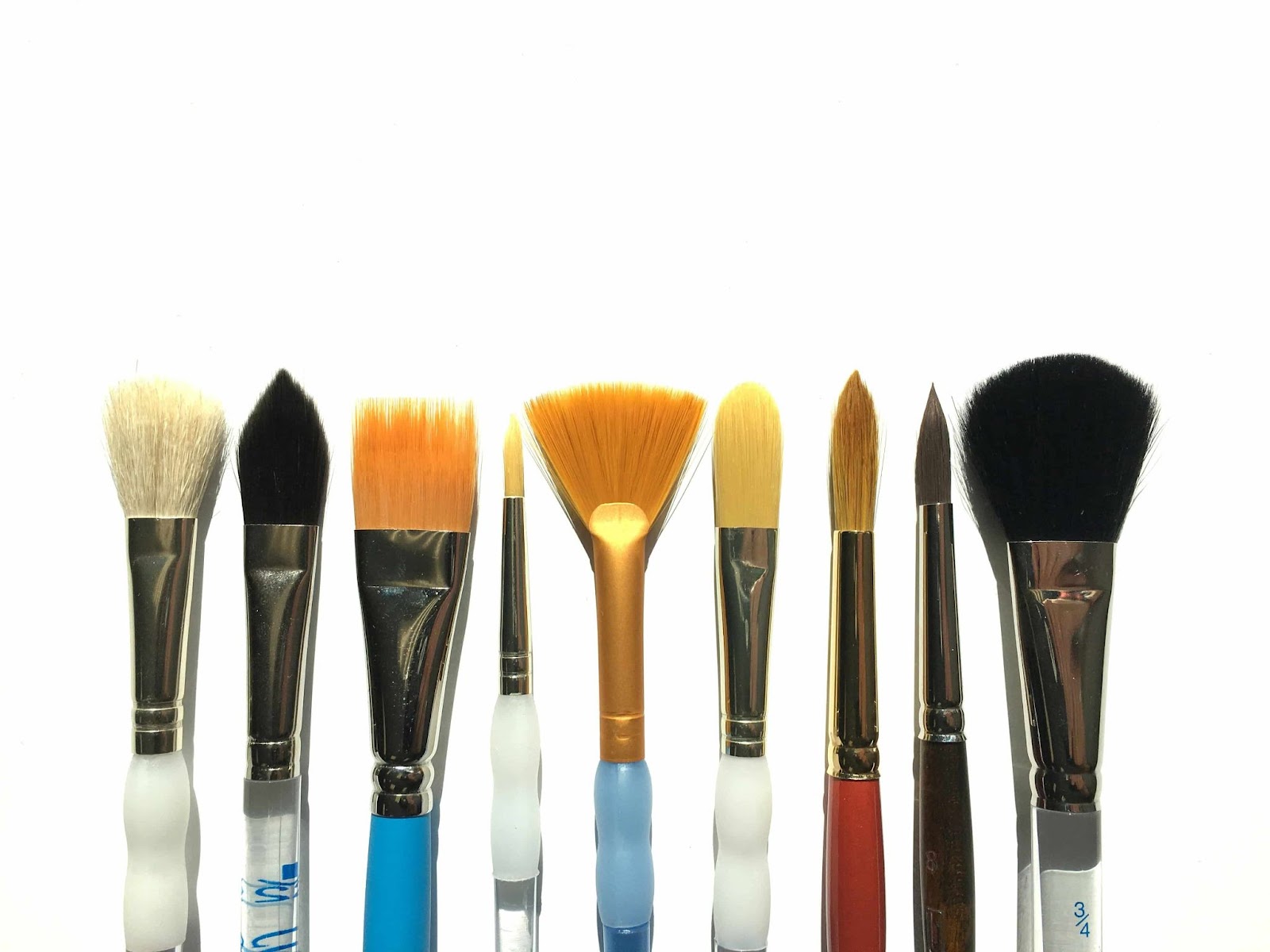
As the global push for sustainability intensifies, makeup brush manufacturers are increasingly turning to eco-friendly materials. The focus on sustainability is not just a trend—it’s becoming a necessity as consumers demand more environmentally responsible products.
Transition to Sustainable Materials
In 2025, there is a marked shift towards using sustainable and eco-friendly fibers in makeup brushes. Traditional animal hair, which has been the go-to for many years, is being replaced by high-performance synthetic fibers that are cruelty-free and more environmentally friendly.
- Eco-Friendly Fibers
Synthetic fibers like Taklon, Nylon, and recycled PET are now widely used in makeup brush manufacturing. These fibers offer excellent performance, providing softness, Flexibilität, and durability without relying on animal products. Ascabon, insbesondere, is highly favored for its smoothness and ability to hold powder products effectively.
Zusätzlich, the use of recycled fibers helps to reduce waste and lower the environmental impact of production.
- Biodegradable Handles
Manufacturers are also focusing on producing handles made from biodegradable materials such as bamboo, cornstarch, and recycled wood.
These materials are both sustainable and functional, offering a lightweight, dauerhaft, and eco-friendly alternative to traditional plastic handles. Bamboo handles, insbesondere, are gaining popularity due to their natural aesthetic and environmental benefits.
Performance and Aesthetics
In 2025, the performance and aesthetics of eco-friendly materials will continually improve. Manufacturers are now able to create brushes that rival traditional animal-hair brushes in terms of softness, Flexibilität, and application. The following features make these new materials stand out:
- Haltbarkeit
Eco-friendly synthetic fibers are designed to be durable, resisting shedding and maintaining their shape over time. This longevity makes these brushes an attractive choice for consumers who want high-quality products that will last.
- Weichheit
Modern synthetic fibers have been engineered to replicate the softness and feel of natural animal hair, offering a comfortable experience when applying makeup. These fibers have a high degree of flexibility, allowing for smooth blending and precise application.
- Visual Appeal
Brushes made with eco-friendly materials are also aesthetically pleasing. Manufacturers can create sleek, modern designs using materials such as recycled aluminum for the ferrules and natural fibers for the brush heads.
The minimalistic design and sustainable approach resonate with environmentally-conscious consumers, making them a popular choice in the market.
Ergonomic Design: Prioritizing User Comfort
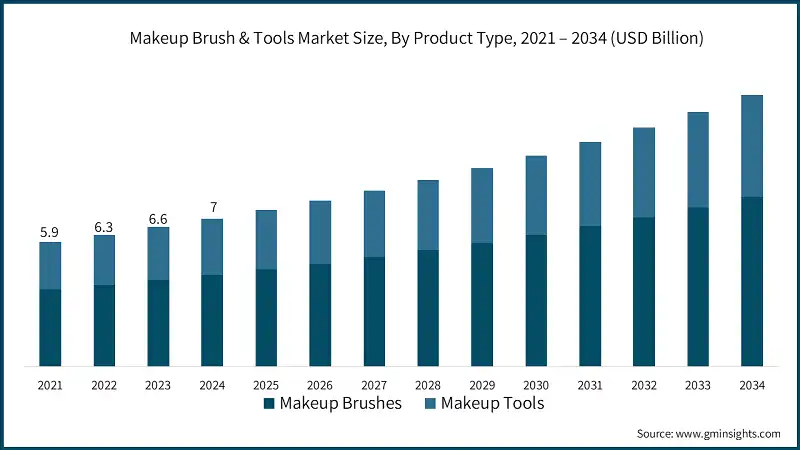
The importance of ergonomics in makeup brush design has become more prominent in recent years, and in 2025, it’s more crucial than ever. Ergonomic design focuses on making brushes more comfortable to hold and easier to use, especially during long application sessions.
Importance of Ergonomics
The design of the brush handle and its overall weight distribution play a significant role in user comfort. Many consumers are looking for brushes that are not only functional but also easy to use. Ergonomically designed handles reduce the strain on the wrist and fingers, allowing for more controlled and precise makeup application.
- Handle Shape
Modern makeup brush handles are often contoured to fit the natural curves of the hand, providing a comfortable grip during use. Brushes with ergonomic handles are particularly beneficial for makeup artists or professionals who use them for extended periods. These handles help minimize hand fatigue and improve overall control.
- Weight Distribution
Proper weight distribution is crucial in ensuring that the brush is balanced and easy to use. Manufacturers are paying more attention to the weight and balance of the brushes to ensure that they are easy to hold and maneuver.
- Grip Texture
To further improve grip and control, many makeup brush handles now feature non-slip materials such as rubber or textured coatings. These materials provide additional stability, especially when applying makeup in hot or humid conditions.
AI-Driven Customer Engagement: Personalizing the Experience
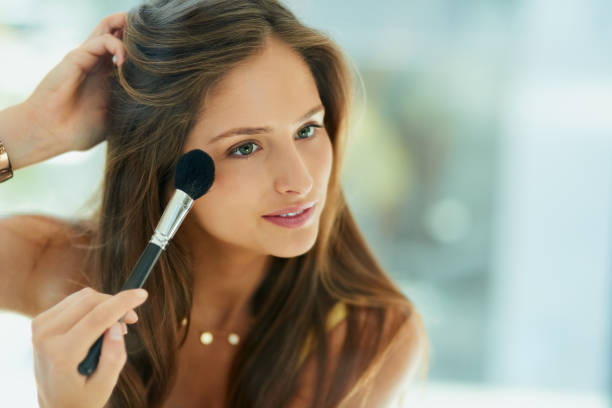
In 2025, AI is revolutionizing how brands engage with customers. AI-driven customer engagement tools are being used to personalize the shopping experience, improve customer service, and enhance brand loyalty.
Leveraging Artificial Intelligence
Artificial intelligence is being leveraged to create a more personalized and efficient customer experience. AI can analyze vast amounts of data from customer interactions, enabling brands to make data-driven decisions that meet consumer needs more effectively.
- Personalized Recommendations
AI tools analyze customer purchase history and browsing behavior to provide personalized product recommendations. For makeup brush manufacturers, this means being able to suggest the right brushes for a customer’s skin type, makeup preferences, and even the tools they already own.
- Virtual Try-Ons
Some Beauty-Marken are now using AI-powered augmented reality (AR) tools that allow customers to virtually try on makeup products. These tools use facial recognition and AI to simulate how different brushes and makeup products will look on a person’s face. This technology helps reduce the uncertainty that comes with online shopping and improves customer confidence in their purchases.
Enhancing Customer Loyalty
AI isn’t just about acquiring new customers—it also plays a vital role in enhancing loyalty and encouraging repeat business.
- Tailored Marketing
AI-driven systems can analyze consumer behavior and create targeted marketing campaigns based on individual preferences. This ensures that customers receive relevant offers, discounts, and content that align with their interests, leading to stronger brand loyalty.
- Feedback Analysis
AI is also being used to monitor customer reviews and social media conversations, allowing brands to gain valuable insights into consumer perceptions of their products. This helps brands quickly identify issues, improve product quality, and maintain a positive image.
Abschluss
In 2025, the makeup brush manufacturing industry is poised to continue evolving with technological advancements, sustainability practices, and ergonomic design innovations. Manufacturers must adapt to these trends in order to stay competitive and meet the growing demands of consumers.
By embracing sustainable materials, incorporating AI-driven customer engagement, and focusing on ergonomic design, makeup brush manufacturers can create products that are both functional and desirable.
As we move into the future, the beauty industry will likely see even more innovations that blend technology, Nachhaltigkeit, and consumer experience to create the next generation of makeup tools.














